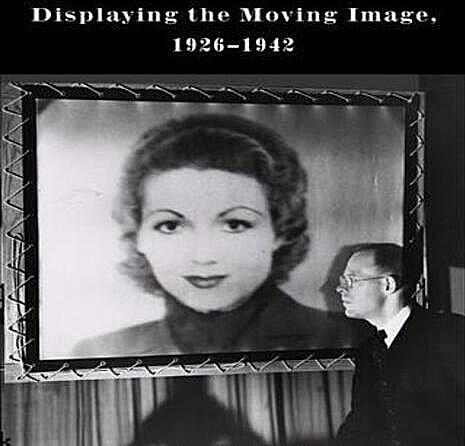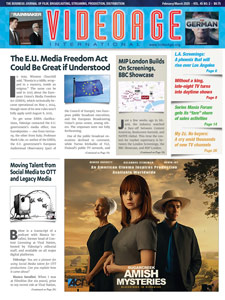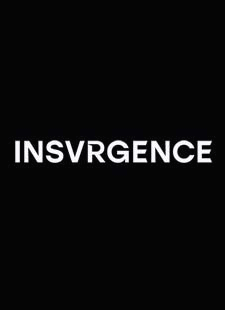Since February, market organizers in Asia, Europe, and North America have cancelled or postponed some 500 trade shows and exhibitions in response to the coronavirus pandemic. For the TV sector, participation in these shows over the years has varied from 3,000 people (as is the case with Lille, France’s Series Mania) to 100,000 (the number that typically attends the NAB Show in Las Vegas).
All of the cancellations and rescheduling have affected an estimated four million people worldwide and caused losses all around in the order of $20 billion, including 12 million hotel nights. Some of these trade events — like Series Mania and MIP-TV (and possibly the L.A. Screenings) — will now move online and will be streamed.
Although it seems like a novel phenomenon, the mass canceling and rescheduling of trade shows is not something entirely new. In the U.S., at least, it has a precedent. It also happened in 1945 when the U.S. government imposed a nationwide ban on meetings from outside the community where the meeting was held. The ban was issued by James F. Byrnes, the head of the Office of War Mobilization, who requested that all conventions with expected attendance of more than 50 persons that were scheduled to be held after February 1, 1945 be cancelled.
This ban was intended to free up hotel rooms, as well as seats on trains and buses that were needed for military and defense industry personnel, and applied to all “trade shows, exhibits, conferences, assemblies, and conventions.”
J. Harold Ryan, the then-president of the National Association of Radio Broadcasters, responded to this decree with this statement: “In compliance with the expressed wishes of the Government to limit the amount of travel, and to avoid any conventions or meetings which would bring together from outside the city in which the meeting is scheduled more than 50 persons, the National Association of Broadcasters has cancelled its annual convention, which would normally be held in the late spring. The NAB convention usually has an attendance of more than 1,000.”
Interestingly, in 1945 the association was officially called the National Association of Radio Broadcasters (NARB). In 1951, it changed its name to the National Association of Radio and Television Broadcasters (NARTB). It wasn’t until 1958 that it changed its name to the current National Association of Broadcasters, or NAB.
So why then did J. Harold Ryan refer to it as “NAB” in 1945? James O’Neal, a U.S. TV historian who recently recalled the 1945 trade shows ban in TV Technology magazine, found a report in the November 1, 1931 issue of Broadcasting magazine written by its publisher and editor Sol Taishoff in which the National Association of Broadcasters is mentioned. O’Neal believed that many simply referred to it as NAB from its inception because “NARB” and “NARTB” were “a bit top heavy.”












Leave A Comment